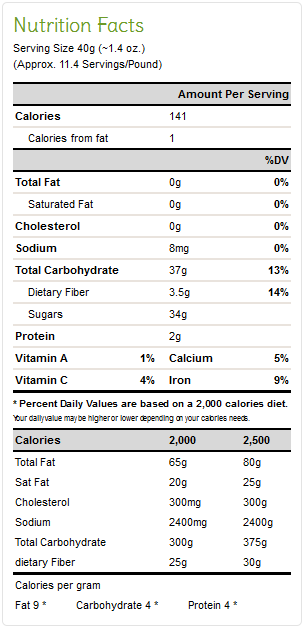Origins: Greek
The currant is one of the oldest known raisins. The first written record was in 75 AD by Pliny the Elder, who described a tiny, juicy, thick-skinned grape with small bunches. The next mention is a millennium later, when the raisins became a subject of trade between Venetian merchants and Greek producers from Ionian coasts. In the 14th century, they were sold in the English market under the label Reysyns de Corauntz, and the name raisins of Corinth was recorded in the 15th century, after the Greek harbor which was the primary source of export. Gradually, the name got corrupted into currant. However, by the 17th century, trade shifted towards the Ionian islands, particularly Zakynthos (Zante), at which time it was named Zante currant.
The first attempts to introduce the Black Corinth cultivar in the United States date back to 1854. The first successful vineyards of White and Red Corinth (related varieties), were established in California in 1861 by Colonel Agoston Haraszthy. Around 1901, David Fairchild of USDA imported high-quality black currant cuttings from the Greek village of Panariti, a renowned producer, and established the first commercial crops. However, because of the higher popularity of Thompson Seedless, American production remained modest up to 1920s and 1930s, after which its popularity increased due to the higher prices it could bring and improved cultivation practices (girdling). The plantings reached 3,000 acres (1,200 ha) by 1936, which is approximately its current level.

